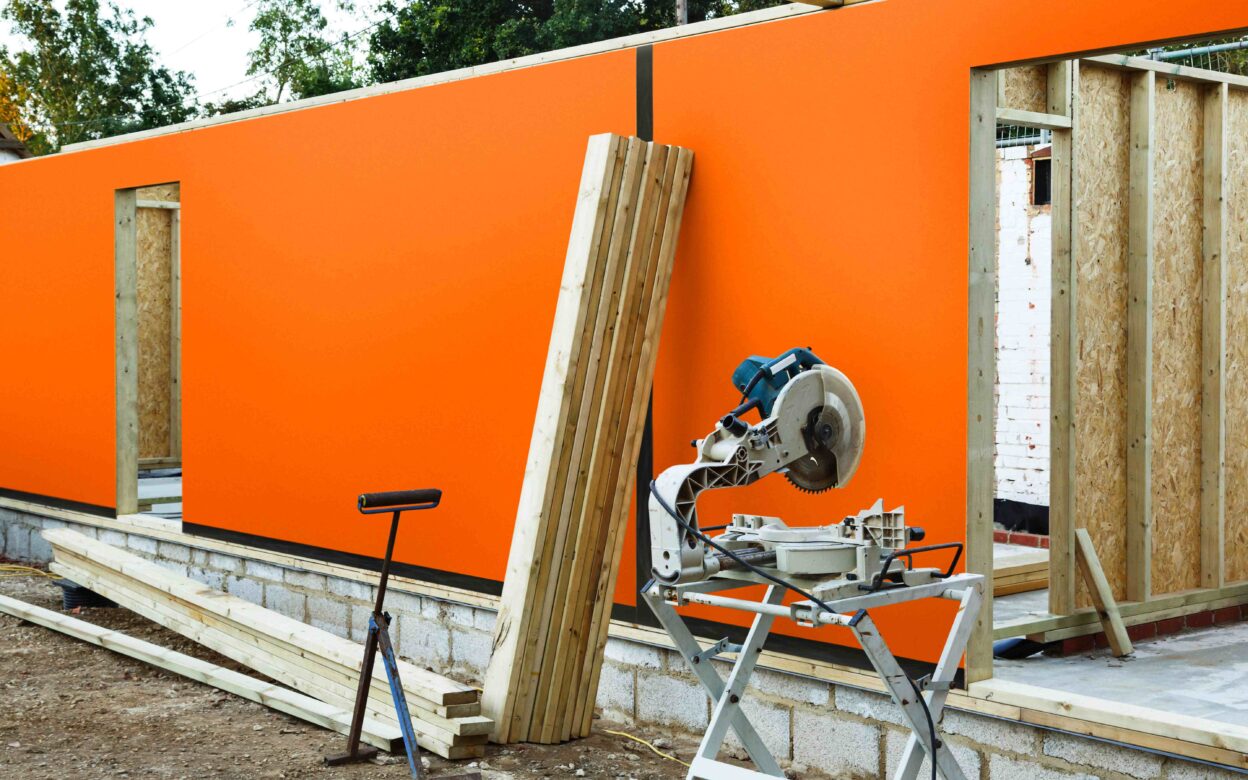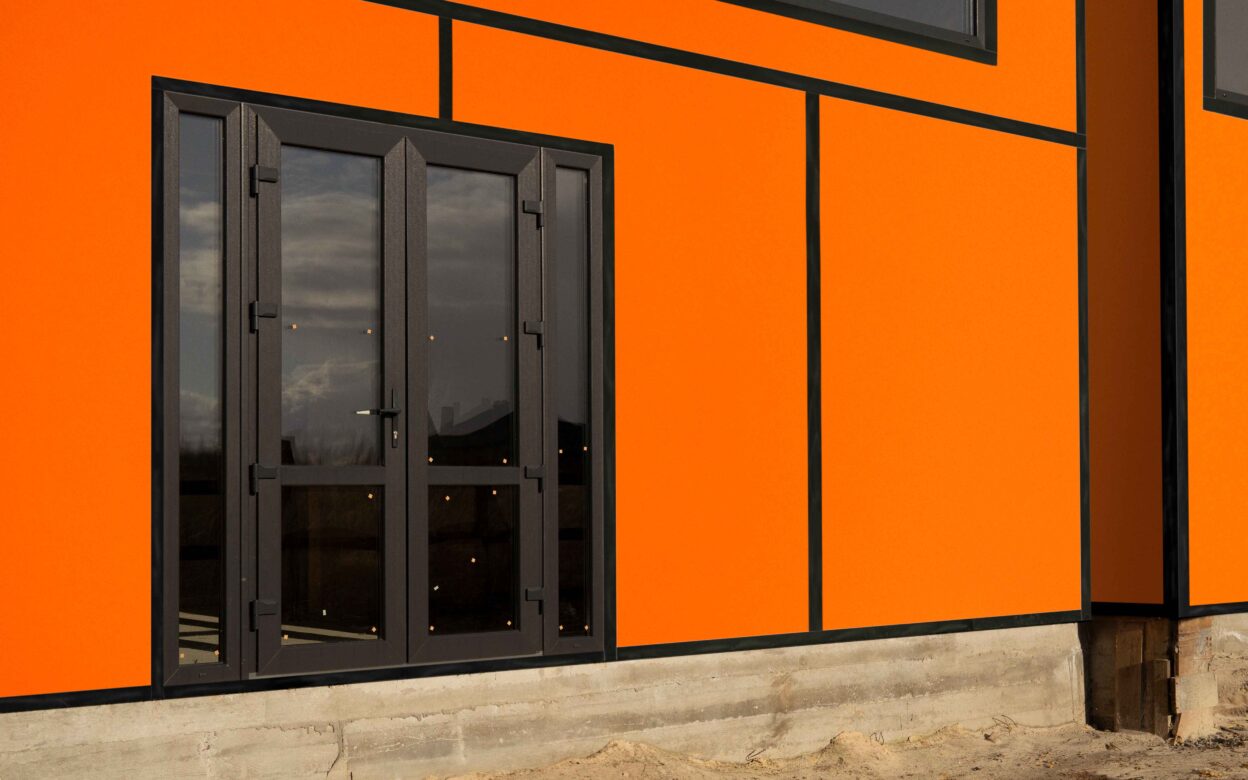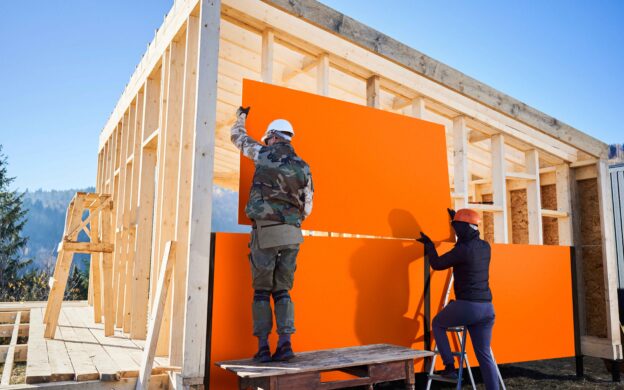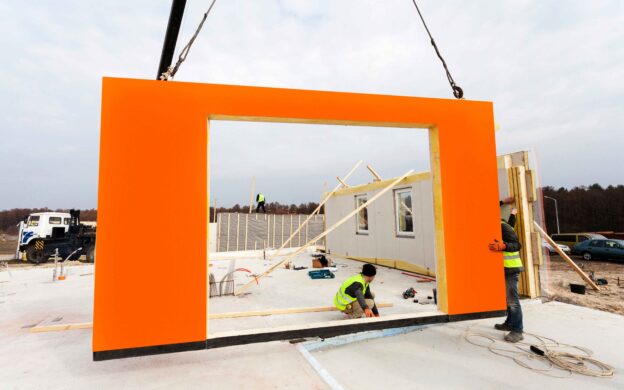
The importance of timber construction tackling the threat of damp and water ingress to achieve its potential as a core element of the built environment is underlined in the Moisture management strategy guidebook from the UK Structural Timber Association (STA).
The STA stresses that durability is a ‘key component of sustainability’ and that moisture management for construction projects ‘provides appropriate attention to design and installation to ensure long-lasting buildings’. Using its strategy, laid out in a set of key steps, ‘relevant parties can avoid defects in the design, construction and service caused by excessive moisture’.
Moisture ingress problems can be costly to remediate
“Whilst some materials can harmlessly absorb moisture, timber is susceptible to the natural process of decay which can reduce strength, leading to a loss of structural integrity in a building,” says the STA. “Water ingress or accumulation of high humidity, leading to moisture absorption by the wood, is a cause of distress which should be avoided. Moisture defects in timber structures can be a costly problem to remediate.”
The guidebook states that where water is allowed to lie on a timber product for periods beyond a few days and ventilation is not present to dry it out, then water ingress can occur, with the resultant issues.
Designing and building for durability against moisture ingress
The STA believes the topic must be a central focus from the design stage, through product manufacture, to construction and maintenance. “Moisture management is part of design and build for durability,” it states. “Durability is defined as the performance of a product, component, or system to achieve its function for the specified period of time for which it was intended, whether it be structural safety, serviceability, amenity, or aesthetic.” The guidebook presents the key causes of excessive moisture in the build process and means of water ingress risk mitigation, plus the design and build rules for durability, in a tabular format.
Excessive moisture ingress risks
Potential causes of excessive moisture include inadequate protection from rainfall on construction elements during transport, pre-delivery storage and site storage. Another risk highlighted is allowing pre-assembled elements to absorb moisture continuously over days without drying out periods. Additional dangers include leaks in water membranes designed to protect the structure, ineffective protection, or no protection.
Risk mitigation steps, says the STA, include checks on building products before encapsulation, particularly of closed panel elements. Another is to ensure pre-insulated panels are protected during the build process.

Moisture ingress prevention is better than the cure
Under ‘design and build for durability rules’, the STA’s rule number one is that ‘prevention is better than cure’. Stopping moisture from getting to the timber to the extent that it might compromise its performance should be the priority. And when it comes to responsibility for durability the STA says, designers, the material or product supply chain, fabrication supply chain and construction operators all have a ‘duty to warn of vulnerability and limitations’.
Arctek® Dryshell™ minimises moisture vulnerability
Arctek® Dryshell™ is a product designed to minimise this vulnerability to water ingress of wood-based sheet materials in construction, including those used in Structural Insulated Panels (SIPs).
Conventionally in timber-based buildings in the UK and the rest of Europe, polyurethane house wrap-type membranes are used to protect wood panels in the building structure from moisture and deliver vapour control. These wraps don’t add to the physical protection of the panels during transport to, and storage on site, or during the erection of the shell. They can also potentially be ripped and damaged if not handled correctly, causing the need for inconvenient repairs to take place before the rest of the building is constructed. Moreover, they take skill to attach correctly, especially around tricky details such as window and door openings, whilst achieving the right degree of overlap to ensure the intended performance. Conversely, Arctek® Dryshell™is a solution that is thermally fused to the wood-based panel and so does not have any of these potential shortcomings.
The next generation moisture ingress panel protection solution
Arctek® Dryshell™ is the next generation solution for protecting and ensuring the performance and durability of wood panels in construction. It’s a technology that is well-established and widely used in the timber frame sector throughout North America.
Arctek® Dryshell™ is a proprietary resin-based formula overlay that’s applied to the timber under heat and pressure by panel producers and processors. It’s water resistant, delivering protection from the elements on site, and is also vapour permeable, so humidity can escape the building envelope, preventing interstitial condensation in the timber frame wall assembly.
Factory application ensures uniform and consistency for moisture ingress protection
Being applied in quality-managed factory conditions ensures uniform coverage of the overlay and hence uniform quality and performance, minimising the likelihood of water ingress and the resulting need for time consuming, and potentially costly remedial work to the structure.
By choosing Arctek® Dryshell™, timber framed housing manufacturers and suppliers can make improvements to their processes and take greater advantage of the growing timber frame market in the UK and the EU. To find out more about how Arctek® Dryshell™ can benefit your timber framed house building projects, request a sample or contact us with an enquiry.


